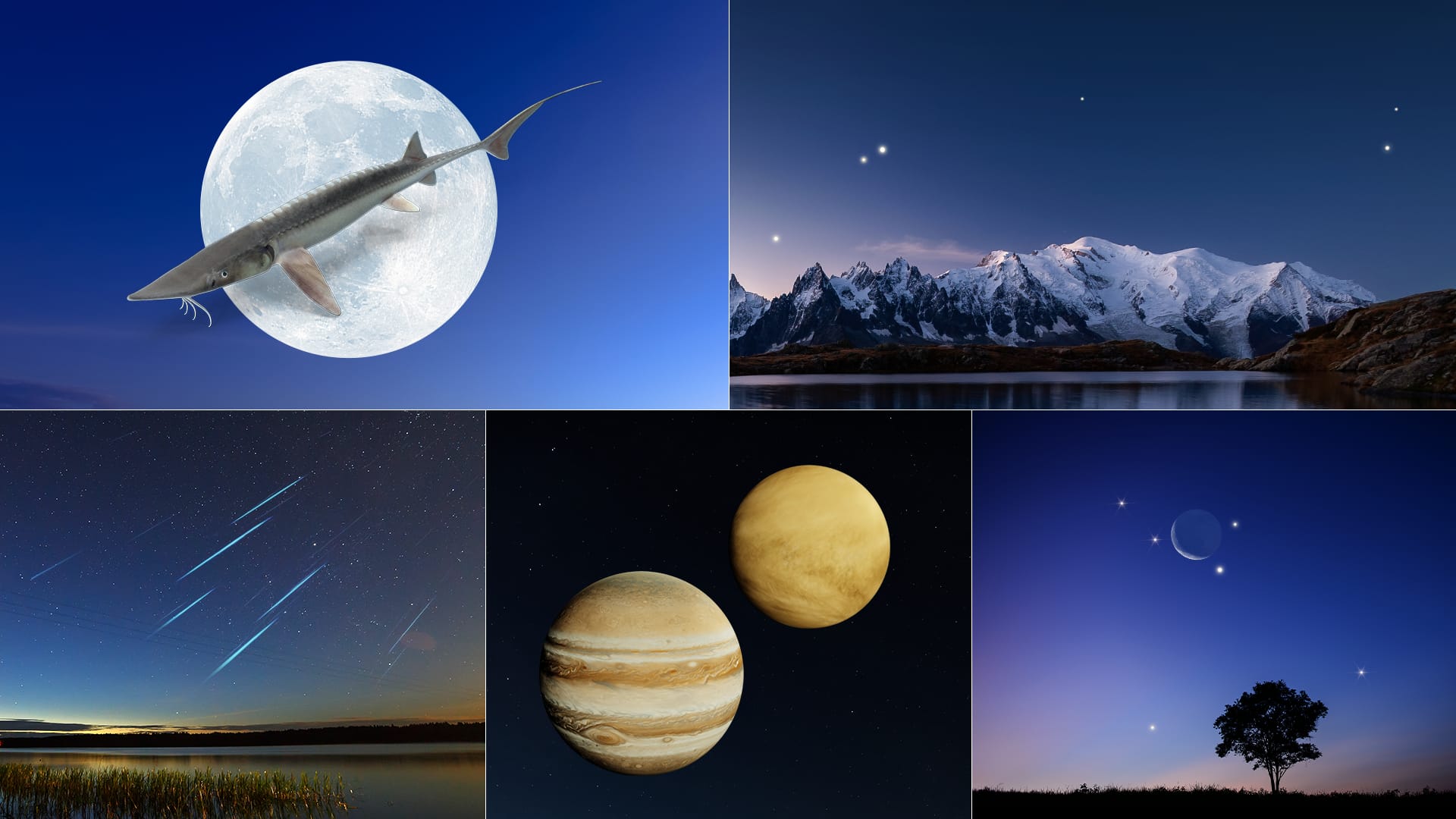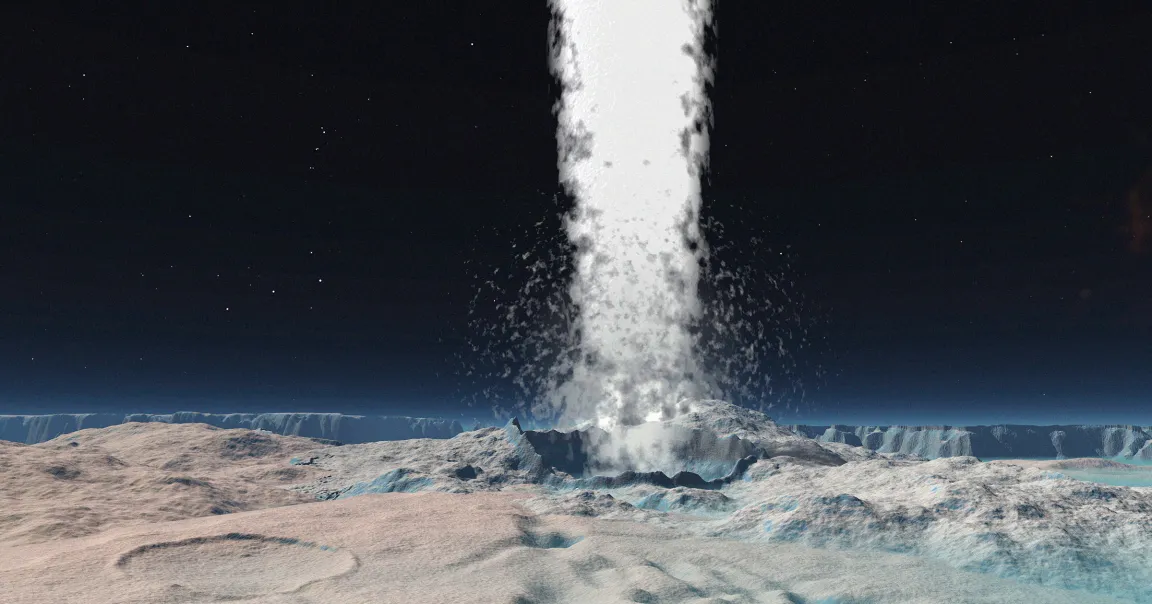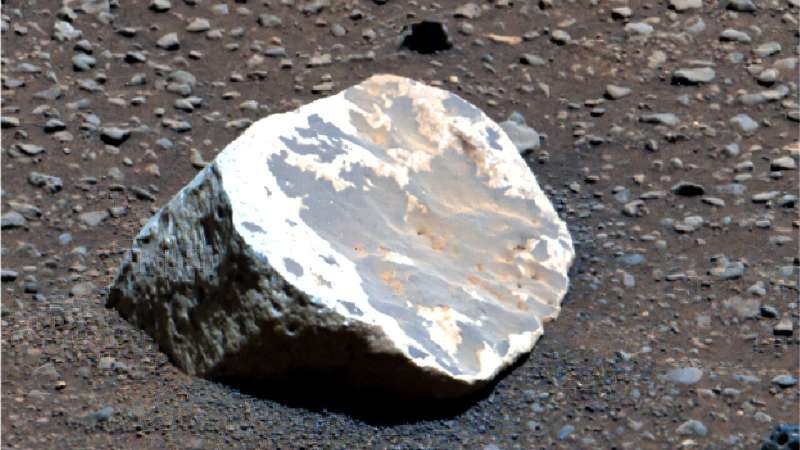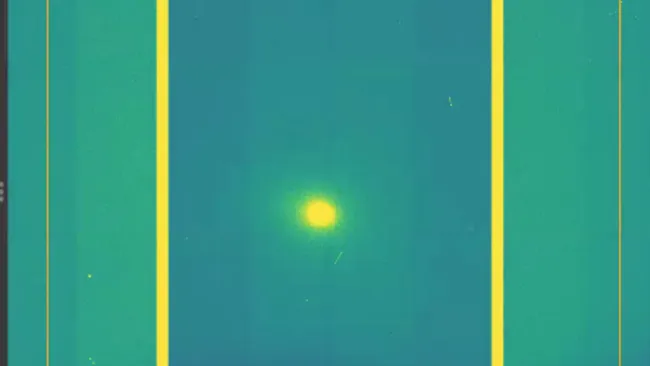Stargazers have plenty to look forward to this August as the night sky is set to dazzle with a series of celestial events. From spectacular meteor showers to planetary pairings and a uniquely placed full moon, this month offers skywatchers multiple reasons to look up.
Perseid Meteor Shower Peaks Mid-Month
The headline event this August is the annual Perseid meteor shower, which is expected to peak on the nights of August 11th through 13th. Known for its fast, bright meteors and occasional fireballs, the Perseids are one of the most anticipated meteor showers of the year. Under ideal dark-sky conditions, observers could see up to 100 meteors per hour.
This year, viewing conditions are especially favorable thanks to a relatively dim waxing crescent moon that won’t wash out the sky during the peak. For the best experience, astronomers recommend heading away from city lights and allowing at least 20 minutes for your eyes to adjust to the darkness.
A Rare Blue Moon Rises
Toward the end of the month, a rare blue moon will grace the sky. Despite its name, the moon won’t actually appear blue; the term refers to the second full moon in a single calendar month. The first full moon occurred on August 1st, and the second is expected on August 30th. Adding to the spectacle, this blue moon will also be a supermoon—meaning it will appear slightly larger and brighter than usual due to its closer proximity to Earth.
Planetary Highlights
In addition to the Perseids and blue moon, several planetary events will offer additional treats for skywatchers:
- Saturn reaches opposition on August 27th, making it the best time all year to view the ringed planet. With a telescope, observers will be able to clearly see its iconic rings.
- Jupiter and Venus continue their journey across the pre-dawn and evening skies, respectively, offering excellent visibility throughout the month.
- On August 14th, the Moon will pass near Jupiter, creating a visually striking conjunction that’s easy to observe with the naked eye.
Tips for Skywatching
- Find a dark location away from urban light pollution for optimal viewing.
- Use apps or star charts to locate planets and constellations.
- Dress warmly, even during summer nights, as temperatures can drop quickly after sundown.
- Bring binoculars or a telescope for an enhanced experience, especially for viewing planets and the moon.
Final Thought
August delivers a stellar lineup of night sky events that are accessible even to casual skywatchers. Whether you’re hoping to make a wish on a Perseid meteor or catch a glimpse of Saturn’s rings, this month provides multiple opportunities to connect with the cosmos. All you need is a clear night, a little patience, and a curious gaze skyward.
















Leave a Reply